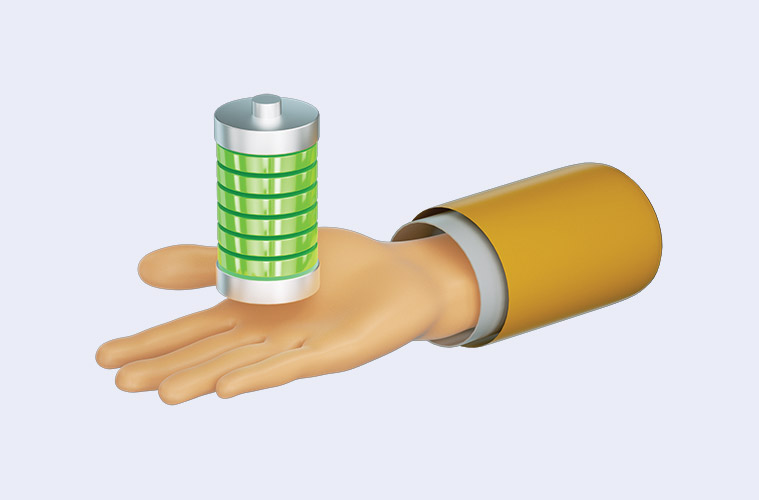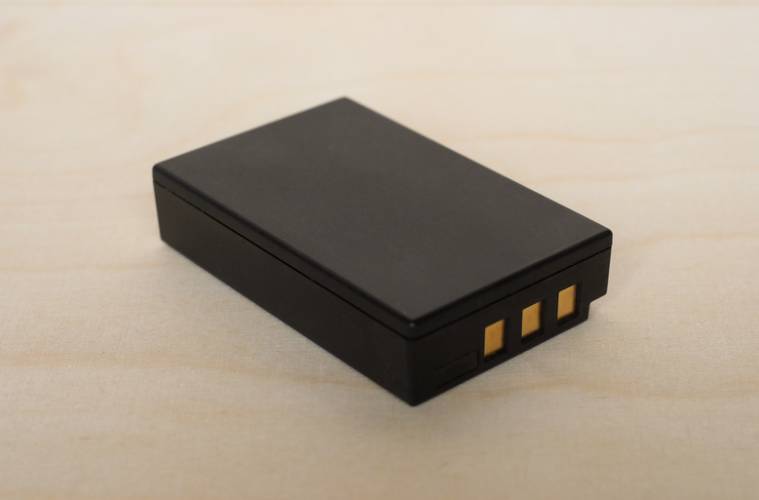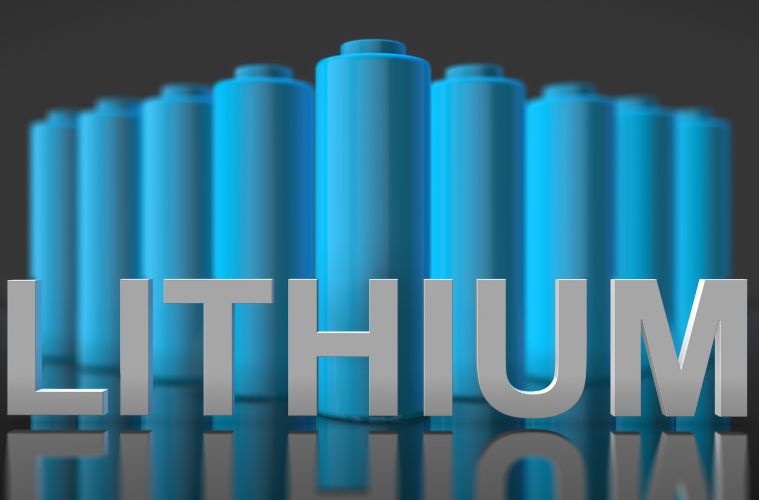
Battery technology has seen major breakthroughs in recent years, leading to improvements in energy storage capacity and efficiency.
Here are some of the most significant developments:
- Lithium-Sulfur (Li-S) batteries: Li-S batteries have a higher energy density compared to traditional lithium-ion batteries, making them a promising technology for electric vehicles and other high-power applications.
- Solid-State Batteries: Solid-state batteries use a solid electrolyte instead of a liquid one, leading to improved safety, longer cycle life and faster charging times.
- Graphene-Based Batteries: Graphene is a material with excellent conductive properties, which makes it suitable for use in batteries. Researchers have developed graphene-based batteries that are lighter, thinner, and more flexible than traditional batteries.
- Sodium-Ion Batteries: Sodium-ion batteries are similar to lithium-ion batteries, but use sodium instead of lithium as the charge carrier. Sodium is abundant and inexpensive, making sodium-ion batteries a potentially cost-effective alternative to lithium-ion batteries.
- Metal-Air Batteries: Metal-air batteries use the oxidation of a metal to produce an electrical current. These batteries have high energy density and can be made from abundant and low-cost metals, making them a promising technology for large-scale energy storage applications.
- Flow Batteries: Flow batteries store energy in liquids that are circulated through the battery, providing a flexible and scalable solution for energy storage.
These breakthroughs in battery technology have the potential to revolutionize the energy industry by enabling more efficient and cost-effective energy storage solutions.




